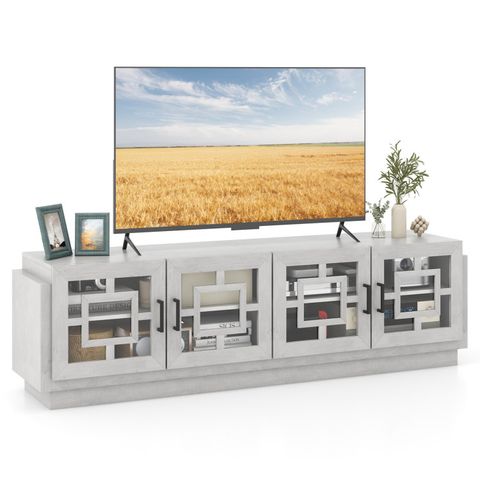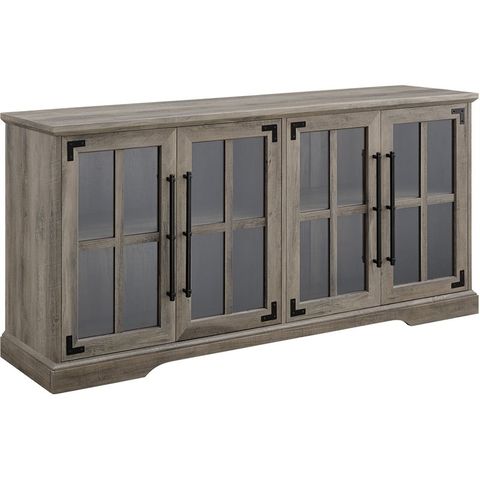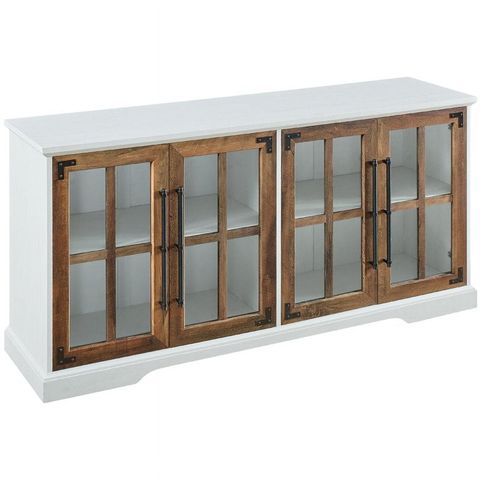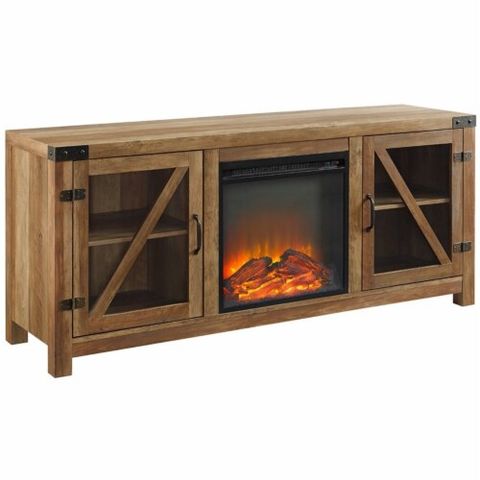Picture this: You’ve finally picked out the perfect television, complete with all the latest features and stunning picture quality. But wait—what’s next? The stand you choose isn’t just about aesthetics. It’s about how your entire entertainment setup will function, look, and feel. Whether you’re building a new home theater or upgrading your existing living room, picking the right stand can make all the difference between a cluttered mess and a sleek, functional space.
Let’s face it—TV stands are often overlooked when we’re planning our home entertainment setups. They’re easy to forget, but they’re actually one of the most important elements in creating a cohesive and functional space. A well-chosen stand can elevate your viewing experience, organize your gear, and even become a focal point in your room. But with so many options available, choosing the right one can feel overwhelming. That’s why we’re diving deep into what matters most when selecting a stand that works for your unique needs and lifestyle.
Understanding Your Space and Layout
Before you even start browsing stands online, take a careful look at your room. Measure everything carefully. Consider the size of your TV, the distance from your seating area, and the overall layout of the space. Do you have a dedicated home theater setup, or are you working with a smaller living room? The answer to these questions will guide your decision significantly.
Think about how much room you have for a console-style stand versus something more compact. If you’re planning to add a soundbar, gaming systems, or streaming devices, you’ll want to ensure there’s enough room for all components. Some people find themselves needing a stand that can accommodate multiple screens or a media center setup. Don’t overlook the importance of the wall behind your TV either. If it’s a blank wall, you might want to consider a stand that can help break up the space visually.
Size Matters: Matching Stand Dimensions to Your TV
This is probably the most critical factor in choosing the right stand. You wouldn’t buy a shoe that’s too big or too small, right? The same principle applies to TV stands. Start with the dimensions of your TV. Most stands are designed to fit TVs ranging from 32 inches to 75 inches, but always double-check.
Consider the width of your TV. If you have a very wide screen, you’ll want a stand that’s wide enough to support it properly. A stand that’s too narrow can cause the TV to appear unbalanced or wobbly. Also, think about the depth. TV stands come in various depths, and you need to make sure there’s enough room for cables, speakers, and any other equipment you plan to mount.
For example, if you have a 65-inch TV, you’ll want a stand that’s at least 65 inches wide. If you’re adding accessories like a soundbar or streaming device, factor in extra space for those items too. The last thing you want is a stand that feels cramped or overcrowded.
Material and Build Quality: What to Look For
The material of your TV stand plays a huge role in both its durability and appearance. Wood stands offer warmth and classic appeal, while metal frames give a modern, industrial vibe. Glass shelves can add elegance but may require more maintenance. Each material comes with its own pros and cons.
Wooden stands are often praised for their sturdiness and timeless look. They’re usually built to last, though they can be heavy and may warp over time in humid conditions. Metal stands tend to be lighter and more affordable, but they can sometimes feel cold or industrial. Glass stands are eye-catching but need regular cleaning to maintain their clarity.
When checking build quality, look for solid construction rather than flimsy joints. A good stand should feel substantial when you touch it. Check for reinforced corners, proper weight distribution, and whether it has adjustable feet to keep it stable on uneven floors. These details often make the difference between a stand that lasts years and one that breaks after a few months.
Storage Solutions: Beyond Just Holding Your TV
Many people assume a TV stand is simply for holding a screen, but that’s just the beginning. Modern stands often feature storage solutions that help keep your entertainment hub organized. Think about what you need to store—streaming devices, game consoles, remote controls, or audio equipment.
Look for stands with drawers, shelves, or cabinets that can hide cables and gadgets. Some models even include hidden compartments or sliding panels to keep everything neat. If you’re someone who likes to keep things clean and tidy, having storage options is crucial.
Consider how much space you need for accessories. A stand with a large open shelf might be great for displaying books or decor, but if you’re a tech enthusiast, you’ll want something with plenty of enclosed storage to keep everything tucked away. This is especially important if you have kids or pets who might accidentally knock things over.
Style and Aesthetics: Making It Fit Your Room
No matter how functional your stand is, it needs to look good in your space. The style of your stand should complement the rest of your furniture and décor. Are you going for a minimalist look with clean lines, or do you prefer something more ornate and traditional?
Modern homes often pair well with sleek, low-profile stands in black, white, or brushed metals. Traditional living rooms might benefit from wood finishes or stands with more decorative elements. If you’re mixing styles, consider a stand that bridges the gap—something neutral enough to blend in but interesting enough to add character.
Don’t forget about color coordination. A stand that clashes with your walls or furniture can throw off the entire room’s balance. It’s worth taking a photo of your current setup and seeing how a potential stand would fit in before buying. Sometimes a simple change in color or finish can transform the whole look of your space.
Budget Considerations and Value Factors
Budget plays a major role in choosing the right stand. You can find stands for as little as $50, but quality starts to increase significantly around $150. The question is: what’s worth spending more money on?
Consider the features you really need. If you’re on a tight budget, focus on the essentials: solid construction, proper size, and basic storage. But if you have room in your budget, look for stands with additional features like cable management, adjustable height, or built-in LED lighting.
It’s also worth considering long-term value. A higher-quality stand may cost more upfront, but it could save you money in repairs or replacements later. Some stands come with warranties or guarantees, which can provide peace of mind. Read reviews from people with similar setups to get a sense of how well a particular stand holds up over time.
Choosing the right TV stand isn’t just about finding something that holds your screen. It’s about creating a foundation for your entire entertainment experience. From understanding your space to considering materials, storage, style, and budget, every decision affects how your room will function and look. Take your time with the process, measure carefully, and don’t be afraid to invest in something that feels right for your lifestyle. After all, your TV stand is more than just furniture—it’s part of your home’s personality. Whether you’re building a new setup or refreshing an old one, the right stand can make all the difference in turning your space into a true entertainment haven.














